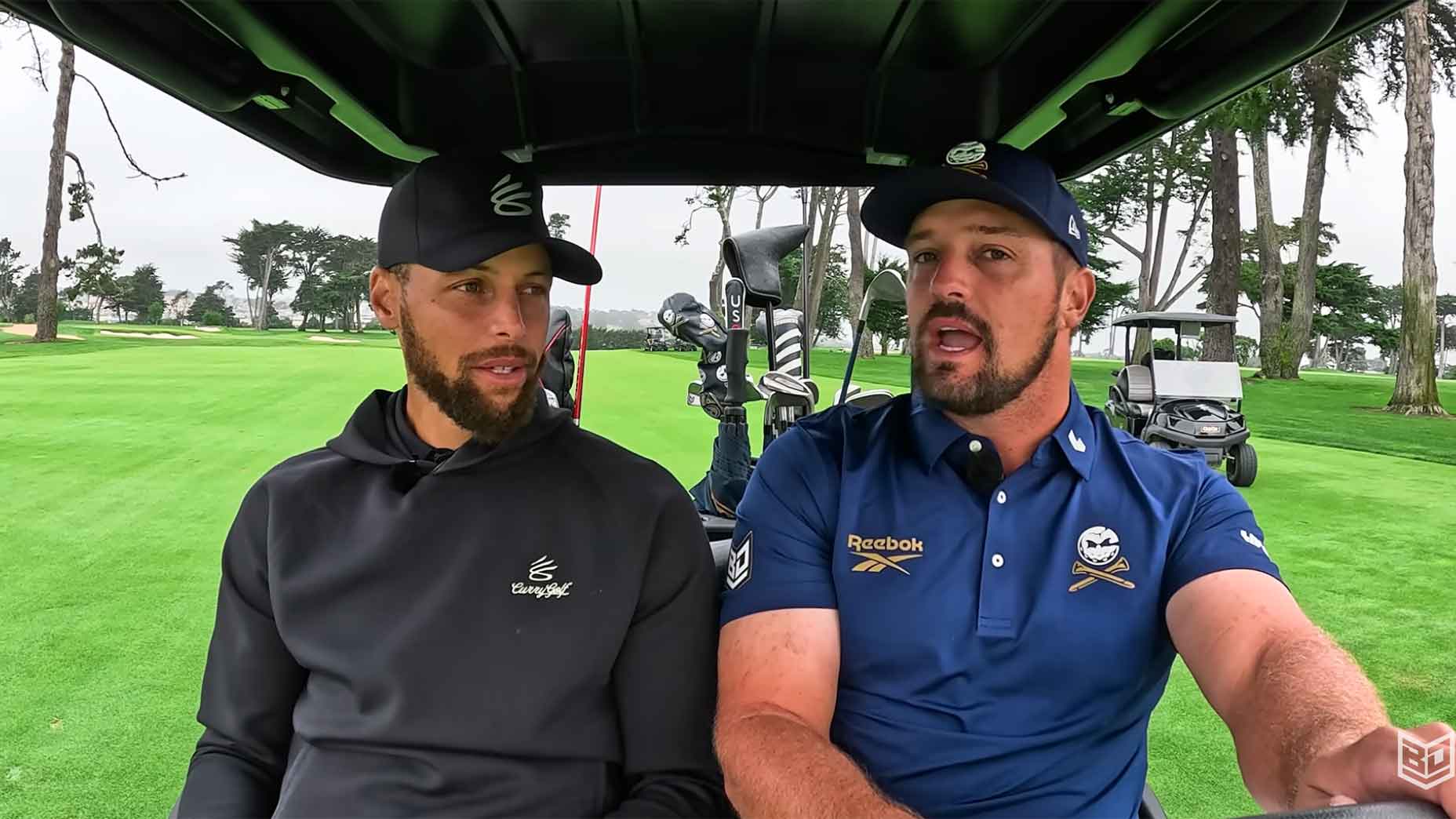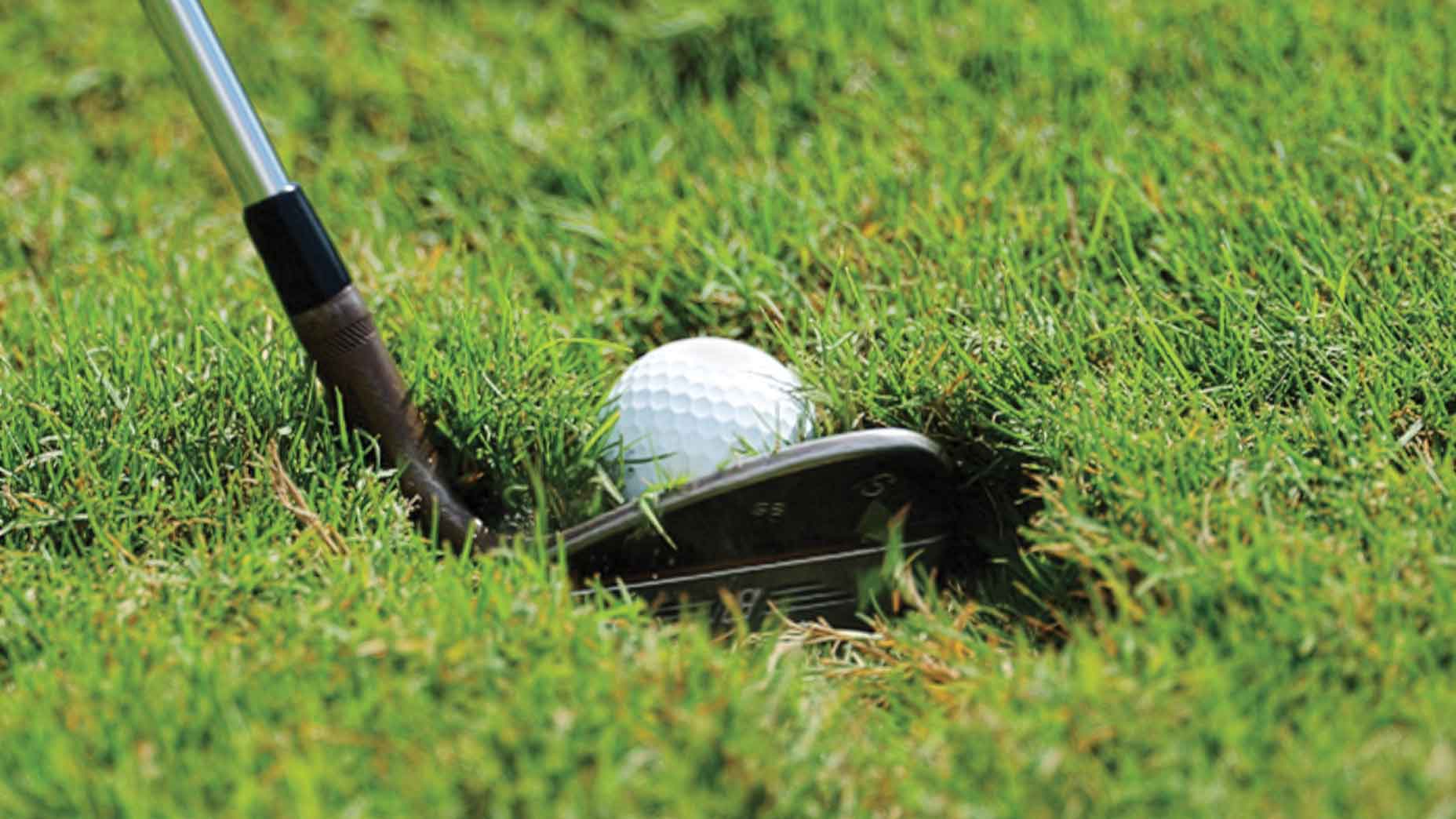Welcome to Play Smart, a regular GOLF.com game-improvement column that will help you become a smarter, better golfer.
If you want to make more putts, you’ve not only got to dial in your stroke, but also your green reading. Having a solid stroke and knowing how to read greens are complimentary skills, with each being useless without help from the other.
We’ve written plenty on this site about honing in your putting stroke, but today we are covering the other essential element of putting: green reading. In the video below, defending U.S. Open Champion Bryson DeChambeau shares a trick he uses when reading greens — and one that you can use next time you play as well.
Classic lesson from Bryson Dechambeau on how to improve your green reading. 👌🏻@b_dechambeau pic.twitter.com/wbnoKebzxP
— Tour Pro 🏌️♂️ (@OfficialTourPro) October 18, 2024
Bryson’s green-reading trick
There are tons of different methods for reading greens, but according to DeChambeau, the most important factor is learning where the straight putts are.
“In classical times, there were things called the ‘zero-break line,'” DeChambeau says. “Those defined the straight putts.”
For a visual, imagine there is a sloped roof with a hole cut in the center of it. If you stand directly above or below the hole, the putt will be perfectly straight. This is the zero-break line.
“That is called a planar slope,” DeChambeau says. “You look at a roof, that’s what slope is. You look at a green, same thing.”
Another way to identify where a perfectly straight putt comes from is by looking at how the grain grows around the hole. As DeChambeau explains, grain likes to grow downhill, so if you look at the hole and see one edge more worn out than the other, it is likely on the downhill side of the cup.
“The most important thing is to identify the upper section of the hole and the lower section of the hole,” he says. “Those are going to define where the straight putts are.”
Once you’ve located where the straight putts come from, it becomes a heck of a lot easier to read the greens. Next time you step on the putting surface, find the zero-break line and then operate from there. You’ll be amazed how much easier green-reading becomes.
Need help unriddling the greens at your home course? Pick up a custom Green Book from Golf Logix.










